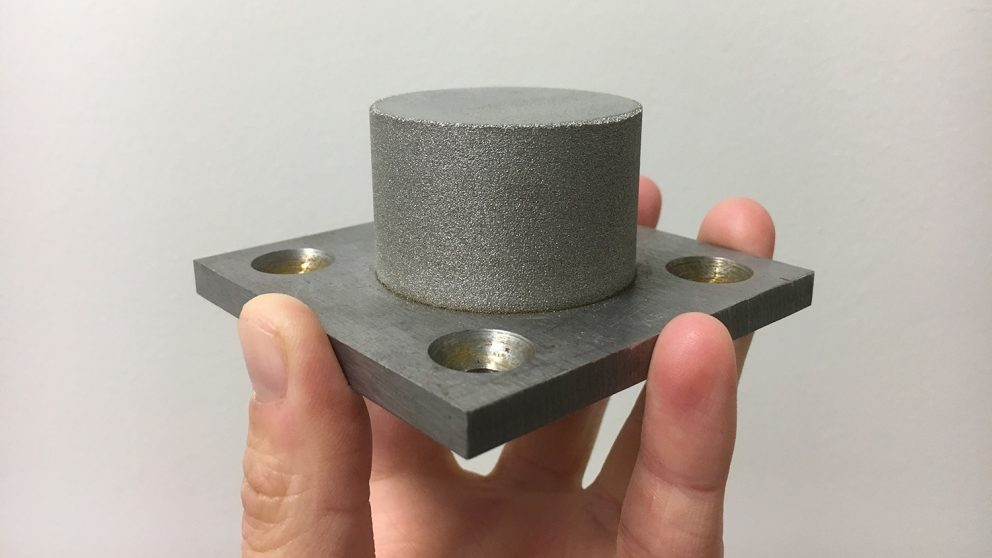
In a research, scientists have demonstrated the possibility to create amorphous metal or metallic glass on large scale using additive manufacturing. This research opens possibilities for a wide range of applications including electric motors, materials (wear-resistant as well as higher strength) and light weight structures.
The reality is that metallic glasses do not have the crystalline structures of most metals, therefore, the amorphous structure results in “exceptionally desirable properties”. Furthermore, since rapid cooling is important in the fabrication of metallic glass, researchers could only cast metallic glasses into small thicknesses. Due to a size limitation named alloy’s critical casting thickness, iron alloys can only be cast while respecting a few millimeters thick.
“The idea of using additive manufacturing, or 3-D printing, to produce metallic glass on scales larger than the critical casting thickness has been around for more than a decade,” Zaynab Mahbooba, first author of a paper on the work, says. “But this is the first published work demonstrating that we can actually do it. We were able to produce an amorphous iron alloy on a scale 15 times larger than its critical casting thickness.”

The technique works by applying a laser to a layer of metal powder, melting the powder into a solid layer that is only 20 microns thick. The “build platform” then descends 20 microns, more powder is spread onto the surface, and the process repeats itself. Because the alloy is formed a little at a time, it cools quickly – retaining its amorphous qualities. However, the end result is a solid, metallic glass object – not an object made of laminated, discrete layers of the alloy.
According to experts, this technique can also be used to produce other amorphous alloys. However, it should be noted one of the limitations would be the possibility to produce metal powders of any alloy composition.
“It will take some trial and error to find the alloy compositions that have the best combination of properties for any given application,” Mahbooba says. “For instance, you want to make sure you not only have the desirable electromagnetic properties, but that the alloy isn’t too brittle for practical use.”
The complete paper, “Additive manufacturing of an iron-based bulk metallic glass larger than the critical casting thickness,” is published in the journal Applied Materials Today.
For further information, follow us on our social media and subscribe to our newsletter!
Would you like to be featured in the next issue of our digital magazine? Send us an email at contact@3dadept.com
//pagead2.googlesyndication.com/pagead/js/adsbygoogle.js
(adsbygoogle = window.adsbygoogle || []).push({});





